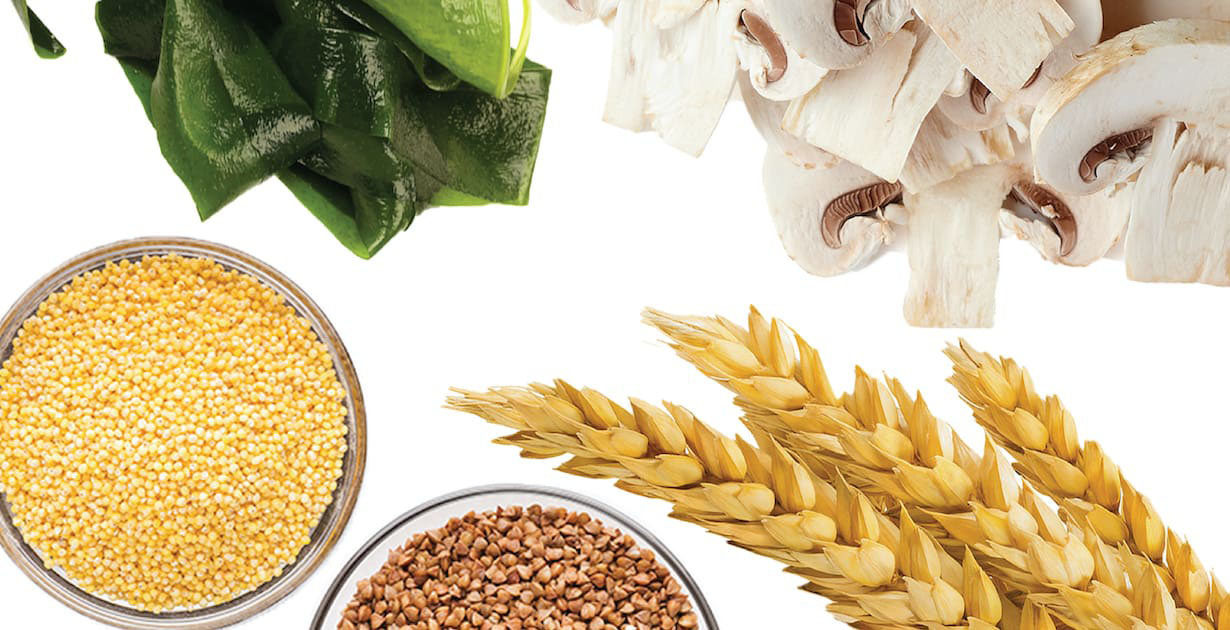Understanding Polyacrylamide: An Essential Chemical Compound With Wide Industrial Applications
What is Polyacrylamide?
Polyacrylamide is a polymer compound made of acrylamide monomer units in repeating chain-like formations. It is produced by the polymerization reaction of acrylamide monomers where acrylamide units join together in long chain-like strands through covalent bonds. This chemical polymerization yields a white powdery substance that is mostly soluble in water. Polyacrylamide has a simple molecular formula of (C3H5NO)n where ‘n’ represents the number of acrylamide monomer units joined together.
Uses of Polyacrylamide
Due to its versatile properties such as being water-soluble, non-toxic and capable of forming strong hydrogen bonds, polyacrylamide has found numerous industrial applications over the past few decades. Some of its major uses include:
- Enhanced Oil Recovery: Polyacrylamide polymers are injected into oil reservoirs to increase the viscosity of flood water which helps displace more oil from the porous rock strata. The chemicals improve the efficiency of waterflooding process for crude oil extraction.
- Flocculation: In water treatment plants, polyacrylamide solution is added to wastewater to bind suspended solid particles together into larger aggregates or ‘flocs’. This flocculation process facilitates easier removal of solids from water. It is also used for purification of drinking water supplies.
- Paper Manufacturing: Adding polyacrylamide to paper pulp increases the strength and durability of paper products. It gives paper higher tear resistance, improves absorbency and creates a smooth surface.
- Soil Conditioning: As a soil conditioner, polyacrylamide helps retain moisture in soil and reduces erosion. Farmers apply it to increase water retention and improve overall soil quality.
- Gel Electrophoresis: In laboratories, polyacrylamide forms the gel matrix used in gel electrophoresis equipment to separate macromolecules and analyze proteins or nucleic acids based on their electrical charge and size.
- Cosmetics: Some hair conditioners, skin creams, toothpastes and shampoos contain polyacrylamide as a conditioning agent that gives smooth texture.
Manufacturing Polyacrylamide
Industrial production of polyacrylamide typically involves a free radical polymerization process. Monomeric acrylamide and a crosslinking monomer such as N,N’-Methylenebisacrylamide (MBAM) are dissolved in water along with an initiator like ammonium persulfate or potassium persulfate. The initiator decomposes at high temperatures to generate free radicals which trigger the addition polymerization reaction between acrylamide units. This yields long chain polymers with crosslinks provided by MBAM monomers. The polymerization is carried out in stages under varying conditions to regulate molecular weight and properties of the final polyacrylamide product. The white powder which separates out after drying is polyacrylamide ready for use across different industrial sectors.
Properties and Performance
Some key properties that make polyacrylamide so suitable for numerous applications include:
– Water Solubility: Polyacrylamide is highly soluble in water but insoluble in most organic solvents. This allows it to form viscous aqueous solutions.
– Hydrophilicity: Its amide functional groups impart hydrophilic character and hydrogen bonding ability in aqueous state. This results in high water retention.
– Chemical Inertness: Polyacrylamide is stable against acids, bases and reduces. It neither hydrolyzes nor decomposes under standard conditions.
– Thermal Stability: The polymer is thermally stable up to 250°C without significant degradation. This permits high temperature processing.
– Adjustable Properties: Molecular weight, degree of branching and crosslinking can be regulated to tailor rheological and other mechanical properties for diverse uses.
– Non-Toxicity: Polyacrylamide itself is not a hazardous material and does not contaminate water or soil on application.
Future Outlook
Owing to its remarkable performance and versatility at economical rates, demand for polyacrylamide is projected to grow steadily across major end-use industries over the coming years. Market analysis firm Smithers estimates a global polyacrylamide market size of USD 4.5 billion by 2024, rising at around 5% annually. Innovation to develop new bio-based polyacrylamide variants as well as applications in biomedical sectors is also opening new growth avenues for this vital man-made polymer. Overall, polyacrylamide will remain an indispensable chemical compound for diverse industrial processes in the future.




